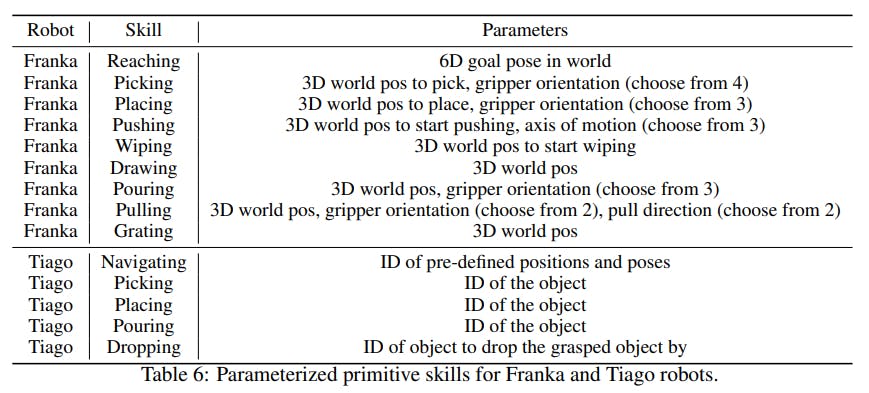Authors:
(1) Ruohan Zhang, Department of Computer Science, Stanford University, Institute for Human-Centered AI (HAI), Stanford University & Equally contributed; [email protected];
(2) Sharon Lee, Department of Computer Science, Stanford University & Equally contributed; [email protected];
(3) Minjune Hwang, Department of Computer Science, Stanford University & Equally contributed; [email protected];
(4) Ayano Hiranaka, Department of Mechanical Engineering, Stanford University & Equally contributed; [email protected];
(5) Chen Wang, Department of Computer Science, Stanford University;
(6) Wensi Ai, Department of Computer Science, Stanford University;
(7) Jin Jie Ryan Tan, Department of Computer Science, Stanford University;
(8) Shreya Gupta, Department of Computer Science, Stanford University;
(9) Yilun Hao, Department of Computer Science, Stanford University;
(10) Ruohan Gao, Department of Computer Science, Stanford University;
(11) Anthony Norcia, Department of Psychology, Stanford University
(12) Li Fei-Fei, 1Department of Computer Science, Stanford University & Institute for Human-Centered AI (HAI), Stanford University;
(13) Jiajun Wu, Department of Computer Science, Stanford University & Institute for Human-Centered AI (HAI), Stanford University.
Table of Links
Brain-Robot Interface (BRI): Background
Conclusion, Limitations, and Ethical Concerns
Appendix 1: Questions and Answers about NOIR
Appendix 2: Comparison between Different Brain Recording Devices
Appendix 5: Experimental Procedure
Appendix 6: Decoding Algorithms Details
Appendix 7: Robot Learning Algorithm Details
Appendix 3: System Setup
Robot platform. The robot we use in our tabletop manipulation task is a standard Franka Emika robot arm with three RealSense cameras. For mobile manipulation, we use a Tiago++ model from PAL Robotics, with an omnidirectional base, two 7-degrees-of-freedom arms with parallel-yaw grippers, a 1-degree-of-freedom prismatic torso, two SICK LiDAR sensors (back and front of the base), and an ASUS Xtion RGB-D camera mounted on the robot’s head, which can be controlled in yaw and pitch. All sensors and actuators are connected through the Robot Operating System, ROS [74]. The code runs on a laptop with an Nvidia GTX 1070 that sends the commands to the onboard robot computer to be executed.

Primitive skills list. A list of primitive skills along with their parameters can be found in Table 6, eight for Franka (16 tasks) and five for Tiago (four tasks). Human users can accomplish all 20 tasks, which are long-horizon and challenging, using these skills.
This paper is available on arxiv under CC 4.0 license.

